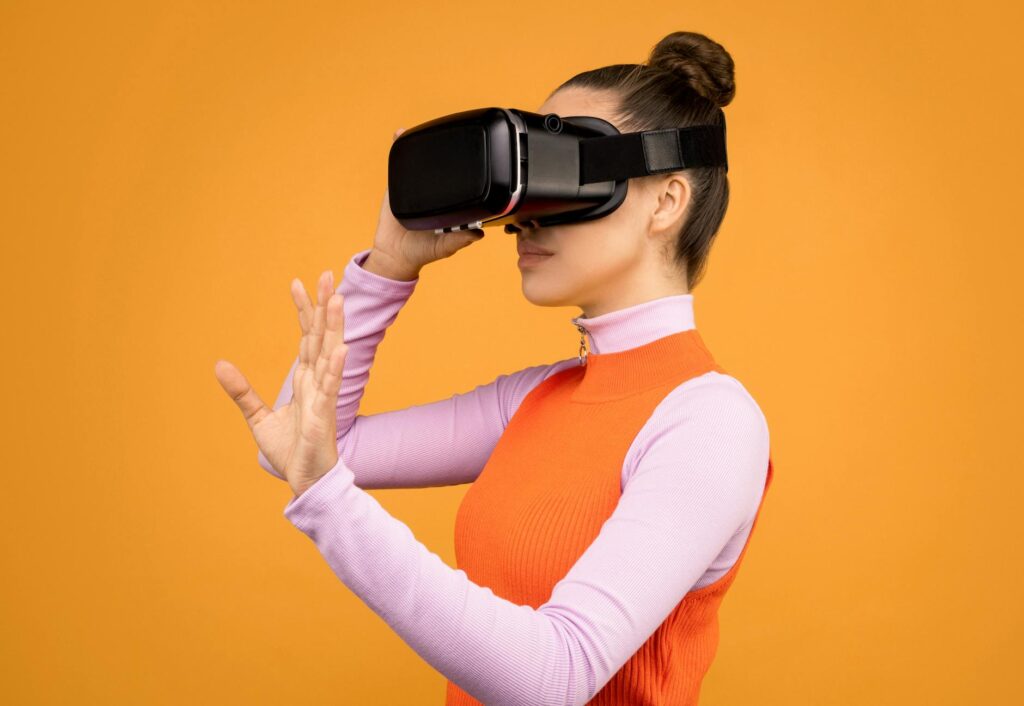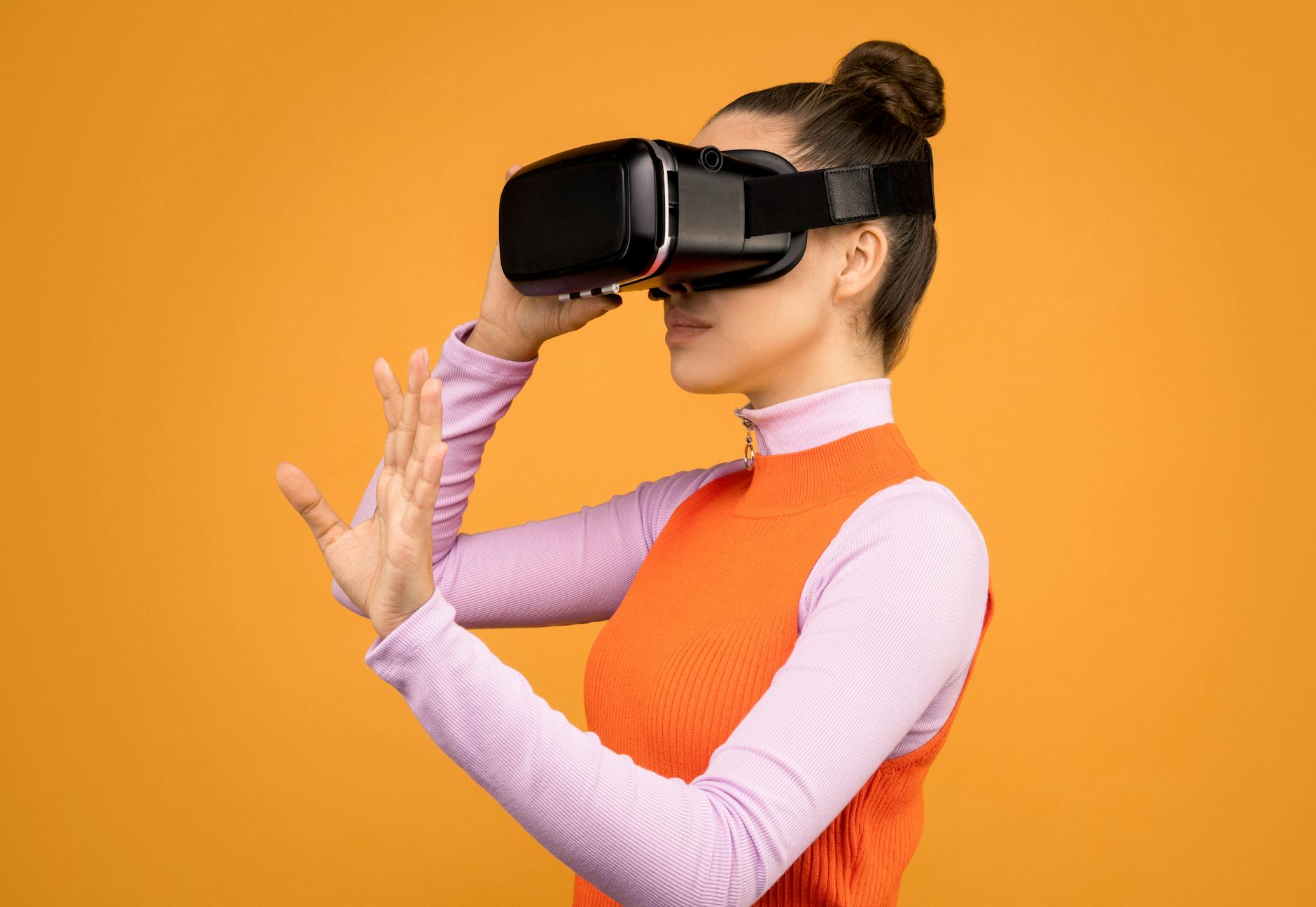What is virtual reality impact?

What is virtual reality impact?
Virtual reality (VR) has emerged as a transformative technology, reshaping how we interact with the world. As it becomes more prevalent in various sectors, the impact of virtual reality extends beyond mere entertainment. From enhancing education and workplace training to offering groundbreaking solutions in mental health, VR is redefining our experiences and interactions. This article explores the multifaceted impact of virtual reality across different fields and its significance in our daily lives.
Understanding Virtual Reality
At its core, virtual reality creates a simulated environment that can be similar to or completely different from the real world. Users can immerse themselves in these environments using VR headsets and motion tracking technology, allowing them to interact with digital elements as if they were part of the physical space.
The Technology Behind VR
The technology that powers virtual reality consists of both hardware and software. VR headsets, such as the Oculus Rift and HTC Vive, provide the visual experience by displaying 3D graphics. Motion sensors track users’ movements, allowing them to look around and interact with the virtual world. Software applications, ranging from games to educational tools, drive the immersive experience by generating realistic simulations.

Photo by Sound On
Types of Virtual Reality Experiences
Virtual reality experiences can be categorized into three main types:
- Immersive VR: This fully immerses users in a digital environment, often used in gaming and simulations.
- Non-immersive VR: Users interact with a 3D environment on a screen without the need for a headset, like in some training programs.
- Collaborative VR: Multiple users interact within the same virtual space, enhancing teamwork and communication.
Each type serves different purposes, whether for entertainment, training, or social interaction.
Impact of Virtual Reality on Education
Virtual reality is revolutionizing education by creating engaging and immersive learning experiences.
Enhancing Learning Experiences
VR helps simplify complex subjects by providing visual and interactive simulations. For instance, students can explore the human body in 3D or travel back in time to witness historical events. This experiential learning promotes better retention and understanding of material.
Institutions across the globe are harnessing the power of VR to enhance educational outcomes. For example, programs like ClassVR allow students to take virtual field trips, exploring everything from the Great Barrier Reef to the surface of Mars. This kind of immersive learning can stake a claim that simply cannot be achieved through traditional textbooks.
Case Studies in Education
Several educational institutions have adopted VR technology effectively. For instance, the University of Illinois utilizes VR for training healthcare professionals, allowing them to practice procedures in a safe, controlled environment. Another example is the use of VR in language learning, where students can engage with native speakers in simulated environments, enhancing their language skills in practical settings.
Virtual Reality in the Workplace
Beyond education, VR is making waves in the workplace by improving training, collaboration, and productivity.
Training and Simulation
In high-risk jobs, such as medical and industrial fields, VR offers a safe platform for employees to practice critical skills. For instance, surgeons can rehearse complex procedures in a virtual setting before performing them in real life. This method is not only efficient but reduces the risk of errors, ultimately saving lives.
Moreover, VR training can be more cost-effective and faster than traditional training methods. Companies report that employees complete VR training programs up to four times faster than conventional approaches (Harvard Business Review).
Collaboration and Teamwork through VR
VR is also reshaping how teams collaborate, especially in remote work environments. Virtual meeting spaces allow employees to interact in a shared 3D environment, enhancing communication and teamwork. As workplaces become increasingly dispersed, tools that foster real-time collaboration become essential.
Companies like Red Thread explore the various ways VR will transform the workplace, highlighting its potential for increased connection and collaboration among teams.
The Psychological and Social Impact of VR
While VR opens new avenues for engagement, it also brings psychological and social implications that need consideration.
Mental Health Applications
VR has shown promise in mental health therapy, particularly for conditions like PTSD and anxiety. By creating controlled environments, therapists can guide patients through exposure therapy in a safe space. Studies indicate that VR can boost patient engagement and therapeutic success, making it a valuable tool in mental health treatment (XR Health).
Social Interaction and Community Building
On the social front, VR can foster connections and communities, especially for those who may feel isolated. Virtual worlds allow users to engage with others in unique ways, breaking geographical barriers. However, there are concerns about the potential for VR to replace genuine social interaction. A careful balance is necessary to ensure that while VR enhances social connections, it does not hinder real-world relationships (Insights GRC).
Conclusion and Future Outlook
The impact of virtual reality is extensive and multifaceted, reshaping how we learn, work, and interact with one another. As VR technology continues to evolve, it holds the potential to enhance our personal and professional lives in ways we are just beginning to understand.
Whether you’re a student, a professional, or someone seeking social connections, engaging with VR technologies could offer unique opportunities for growth and development. As we move forward, embracing these innovations can lead to exciting possibilities in how we experience the world around us.